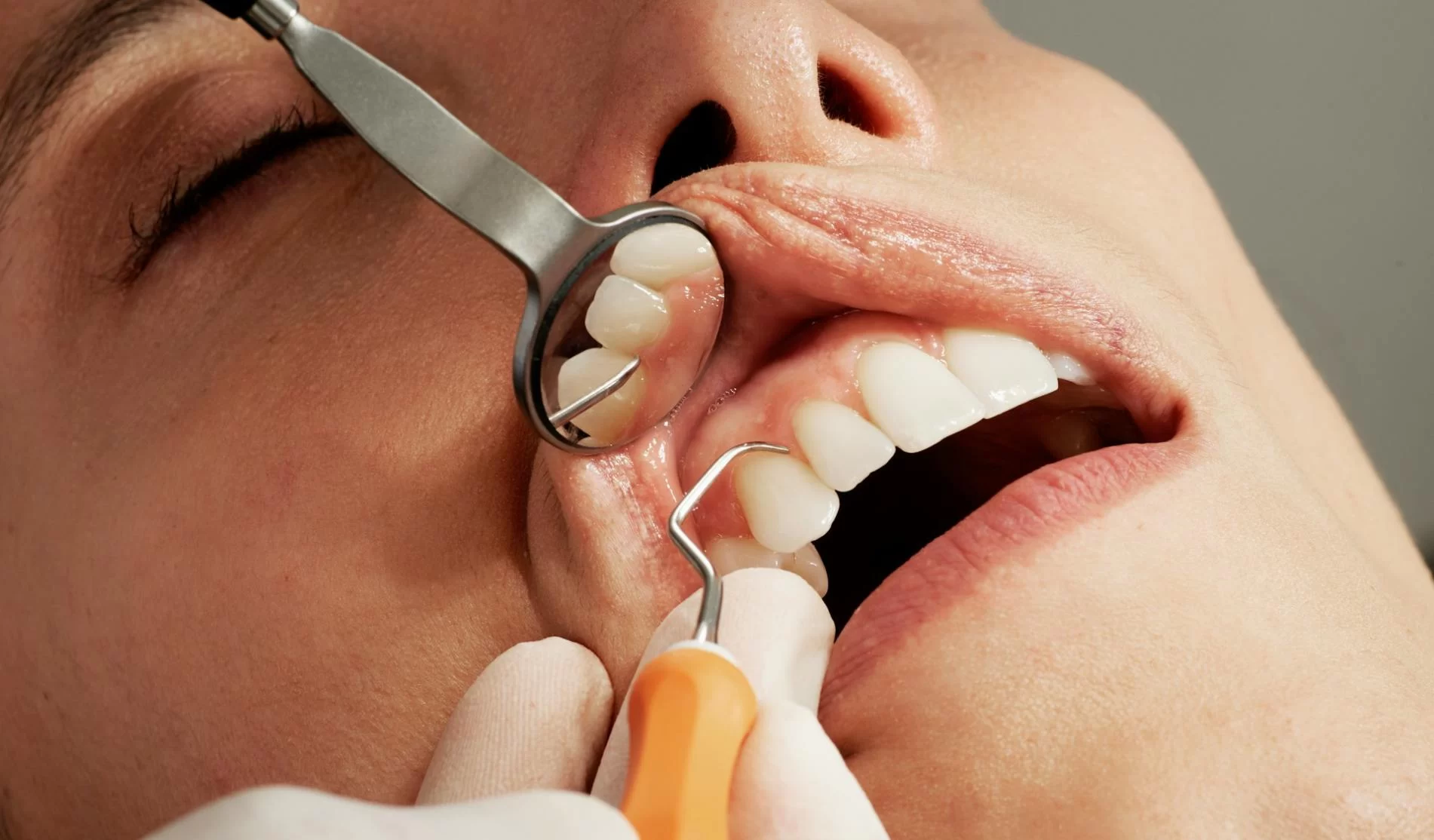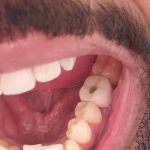
How to Manage the Pain of an Abscessed Tooth: Tips and Remedies for Relief
- Understanding the Causes of an Abscessed Tooth
- Symptoms of an Abscessed Tooth
- How to Manage Pain at Home
- Professional Treatments for an Abscessed Tooth
- When to See a Dentist
- Prevention Tips for Future Tooth Infections
Understanding the Causes of an Abscessed Tooth
Abscessed teeth are the result of bacterial infections that occur when a tooth becomes damaged or decayed. The infection leads to pus buildup in the soft tissues around the tooth, causing significant pain. The most common causes include untreated cavities, gum disease, or a cracked tooth. Without prompt treatment, the infection can spread to other parts of your body, leading to severe complications.
Symptoms of an Abscessed Tooth
When you have an abscessed tooth, pain is the most noticeable symptom. This pain can be sharp, throbbing, or constant, often worsening when chewing or lying down. You may also experience swelling in your gums or face, bad breath, and a fever. If left untreated, the infection may lead to a more serious health risk.
How to Manage Pain at Home
Managing the pain of an abscessed tooth at home can help provide some relief before you can see a dentist. Here are a few practical remedies:
1. Warm Saltwater Rinse
A warm saltwater rinse can help to reduce swelling and cleanse the affected area. Mix a teaspoon of salt in a glass of warm water, swish it around your mouth for 30 seconds, and then spit it out. Repeat several times a day.
2. Over-the-Counter Pain Relief
Non-prescription pain relievers such as ibuprofen or acetaminophen can help alleviate the pain. Always follow the recommended dosage and consult with a healthcare professional if needed.
3. Cold Compress
Apply a cold compress or ice pack to the outside of your cheek near the infected tooth. This can help numb the pain and reduce swelling. Use the compress for 15–20 minutes at a time, several times a day.
4. Clove Oil
Clove oil is known for its natural numbing properties. Apply a small amount to a cotton ball and gently press it against the painful tooth. This can temporarily reduce pain, but it's important to seek dental treatment for the underlying infection.
Professional Treatments for an Abscessed Tooth
If you suspect you have an abscessed tooth, it's essential to see a dentist for proper treatment. Home remedies may provide temporary relief, but they won't address the infection. Here are some common professional treatments:
1. Drainage of the Abscess
Your dentist may drain the abscess to remove the infection and relieve pressure. This can be done through a small incision in the abscessed area.
2. Root Canal Treatment
If the infection has spread to the pulp of the tooth, a root canal may be necessary to remove the infected tissue and seal the tooth. This procedure can save the tooth and prevent the infection from worsening.
3. Tooth Extraction
In some cases, if the tooth is severely damaged or the infection is too advanced, your dentist may recommend extraction. This is usually the last resort when other treatments are not viable.
When to See a Dentist
It’s important to seek professional dental care as soon as you experience the symptoms of an abscessed tooth. Waiting too long can result in the infection spreading, which can lead to serious complications like bone loss or a life-threatening infection. If you notice severe pain, fever, or swelling that doesn't subside, visit a dentist immediately.
Prevention Tips for Future Tooth Infections
Taking preventive measures can help reduce your risk of developing an abscessed tooth. Follow these tips for maintaining healthy teeth and gums:
1. Practice Good Oral Hygiene
Brush your teeth at least twice a day, floss daily, and use mouthwash to keep bacteria at bay. Regular dental check-ups can help identify potential problems before they escalate.
2. Avoid Sugar and Acidic Foods
Limit your intake of sugary foods and drinks, which can promote tooth decay and cavities. Acidic foods can also erode tooth enamel, increasing the likelihood of infection.
3. Wear a Mouthguard
If you play contact sports or grind your teeth at night, a mouthguard can protect your teeth from injury and damage.
If you're currently suffering from an abscessed tooth, don't wait too long to seek help. Understanding how to manage the pain of an abscessed tooth and seeking professional treatment can make all the difference. For more information and to explore effective dental solutions, visit Dentistry Toothtruth and discover products designed to improve your dental health.







 BGW Dental Group4.0 (292 review)
BGW Dental Group4.0 (292 review) Smile Dental Boutique | Mission Viejo Dentist4.0 (70 review)
Smile Dental Boutique | Mission Viejo Dentist4.0 (70 review) Comfort Dental Puyallup - Your Trusted Dentist in Puyallup4.0 (312 review)
Comfort Dental Puyallup - Your Trusted Dentist in Puyallup4.0 (312 review) Audubon Dental Associates Ltd5.0 (6 review)
Audubon Dental Associates Ltd5.0 (6 review) Dental Care 2000 Plus, West Foothill Boulevard, Monrovia, CA4.0 (17 review)
Dental Care 2000 Plus, West Foothill Boulevard, Monrovia, CA4.0 (17 review) Midlothian Family Dentistry4.0 (649 review)
Midlothian Family Dentistry4.0 (649 review) The Importance of Oral Health Education During Pregnancy for a Healthy Pregnancy
The Importance of Oral Health Education During Pregnancy for a Healthy Pregnancy Best Tips for Brushing Your Teeth Properly for Healthy Gums: Essential Techniques for Oral Health
Best Tips for Brushing Your Teeth Properly for Healthy Gums: Essential Techniques for Oral Health Why Skipping Dental Checkups Can Lead to Bigger Oral Health Problems
Why Skipping Dental Checkups Can Lead to Bigger Oral Health Problems Advantages of Porcelain Dental Restorations
Advantages of Porcelain Dental Restorations How Can Diabetes Cause Tooth and Gum Problems? Preventing and Managing Oral Health Issues
How Can Diabetes Cause Tooth and Gum Problems? Preventing and Managing Oral Health Issues Healthy Habits for Promoting Good Oral Health and Hygiene: Tips for a Healthy Smile
Healthy Habits for Promoting Good Oral Health and Hygiene: Tips for a Healthy Smile